335 LESSON 05 08 2011 Silabbata Sutta Precept
and Practice FREE ONLINE eNālandā Research and Practice UNIVERSITY and
BUDDHIST GOOD NEWS letter to VOTE for BSP ELEPHANT to attain Ultimate
Bliss-Through http://sarvajan.ambedkar.org- Free
Buddhist Studies for Young Students
AN 3.78
PTS: A i 225
Thai III.79
Silabbata Sutta: Precept & Practice
translated from the Pali by
Thanissaro Bhikkhu
Then Ven. Ananda went to the Blessed One and, on arrival,
having bowed down to him, sat to one side. As he was sitting there, the Blessed
One said to him, “Ananda, every precept & practice, every life, every
holy life that is followed as of essential worth: is every one of them
fruitful?”
“Lord,
that is not [to be answered] with a categorical answer.”
“In
that case, Ananda, give an analytical answer.”
“When
— by following a life of precept & practice, a life, a holy life that is
followed as of essential worth — one’s unskillful mental qualities increase
while one’s skillful mental qualities decline: that sort of precept &
practice, life, holy life that is followed as of essential worth is fruitless.
But when — by following a life of precept & practice, a life, a holy life
that is followed as of essential worth — one’s unskillful mental qualities
decline while one’s skillful mental qualities increase: that sort of precept
& practice, life, holy life that is followed as of essential worth is
fruitful.”
That is
what Ven. Ananda said, and the Teacher approved. Then Ven. Ananda, [realizing,]
“The Teacher approves of me,” got up from his seat and, having bowed
down to the Blessed One and circumambulating him, left.
Then not
long after Ven. Ananda had left, the Blessed One said to the monks,
“Monks, Ananda is still in training, but it would not be easy to find his
equal in discernment.”
Namo Tassa
Bhagavato Arahato Samma Sambuddhassa
(Homage to the Blessed One,
the Consummate One,
the Supremely Awakened
One)
Free Buddhist Studies for Young
Students is intended for students and
are well established in the
precepts, good bodily and study habits and
practice of Metta (loving-kindness).
Designed to be used together
with a biography of the
Buddha and
it covers life of the Buddha, his
fundamental teachings and Buddhist history and culture.
The students should be guided to
understand, practice and answer the questions at a
deeper level.
The main aims of this
work are to help students: 1.develop basic
knowledge of the Buddhist
religious tradition and realise the true
value of the Buddha’s
teachings to themselves and others, 2. by
applying the teachings in
their daily lives, become well established in
a peaceful way of living -
the Middle Way of life.
Emphasis on questions and
activities for students to do, so that they
develop their own faculties
and come to realise the answers by
themselves.
Just as the basic ethical
boundaries to conduct, so the study of the
earliest Buddhist scriptures
and application of the Buddha’s advice in
our daily life, are an
absolute foundation for our Buddhist practice,
and also for instructing others.
Teachers are welcome to use
contents of this work as their wish,
to construct their own
lessons.
Contents
Introduction
for parents and teachers
Lesson
1. Introduction to Buddhism
Lesson
2. Life Story of the Buddha – Childhood
Lesson
3. Life Story of the Buddha - Married Life
Lesson
4. Life Story for the Buddha – In Search of Truth
Lesson
5. Life Story of the Buddha – The First Discourse
Lesson
6. Good and Bad, and Five Precepts
Lesson
8. The Four Noble Truths
Lesson
9: The Noble Eightfold Path, and Meditation
Lesson
10: Pure States of Mind and Loving-kindness
Lesson
12: Triple Gem
Lesson
13: History of the Dhamma and Sangha
Lesson
14: Buddhist Holy Sites, Festivals and Rituals
Lesson
15: Buddhist Architecture and Art
Lesson 1: Introduction to Buddhism
What is Buddhism?
Buddhism is a peaceful religion started by Gotama Buddha. It has
very little record of any external conflicts with other
religious groups
or individuals. In its original and essential form, it is a
peaceful way of
life taught by the Buddha. It does not require a belief in a
Supernatural
being, or unquestioning belief in the Buddha and his teachings.
But
like any scientific teaching or a medicine, it requires an open
mind
and some trust or faith, to examine the Buddha’s teachings and
apply
them in your daily life.
Who is Buddha
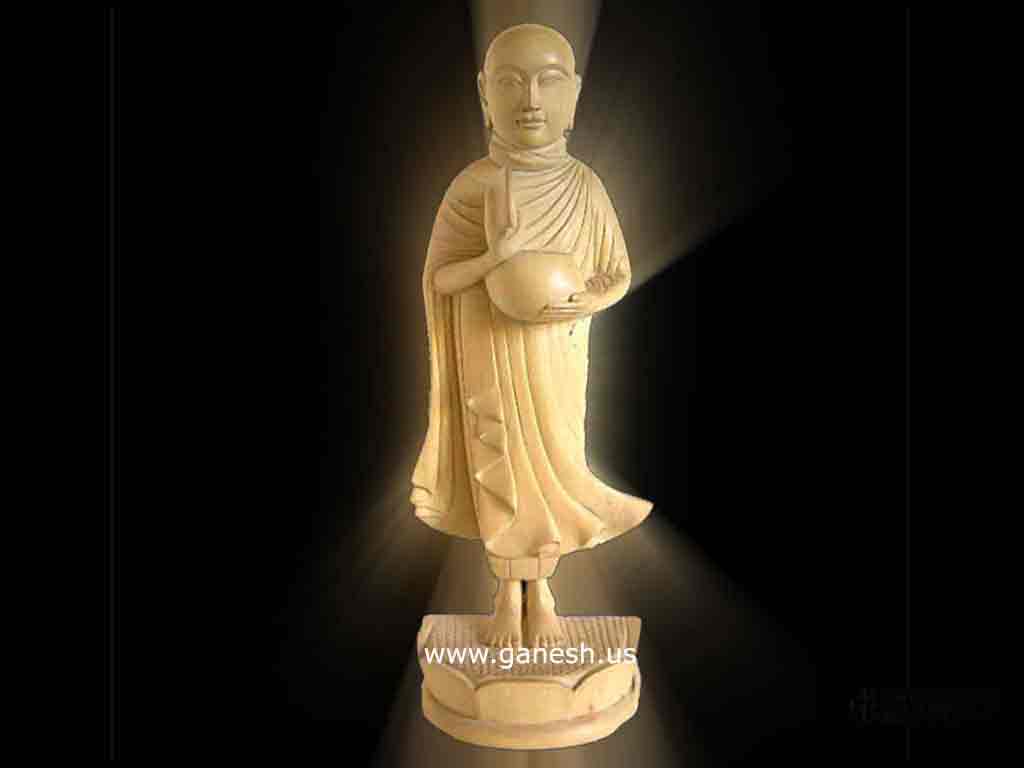
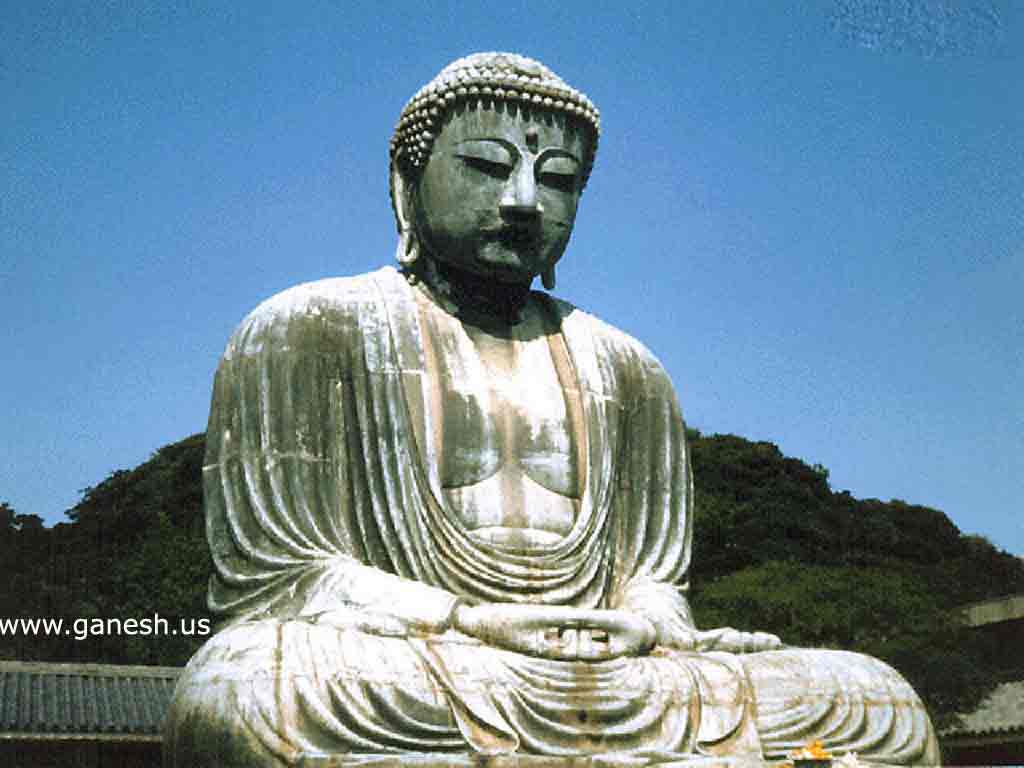
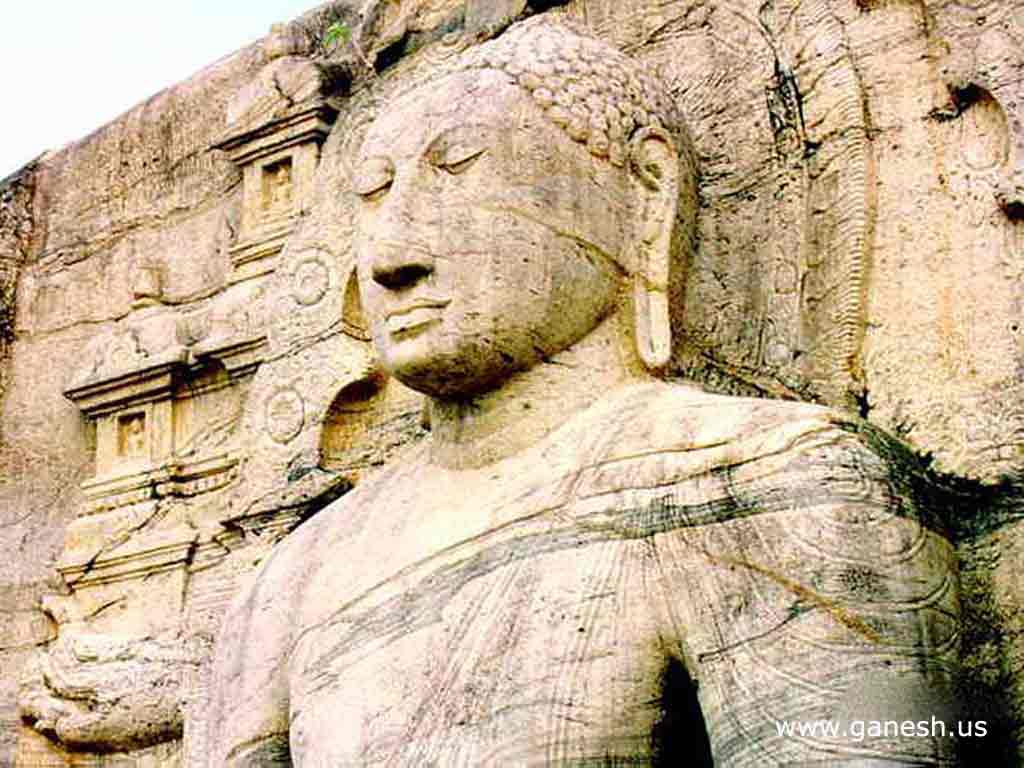
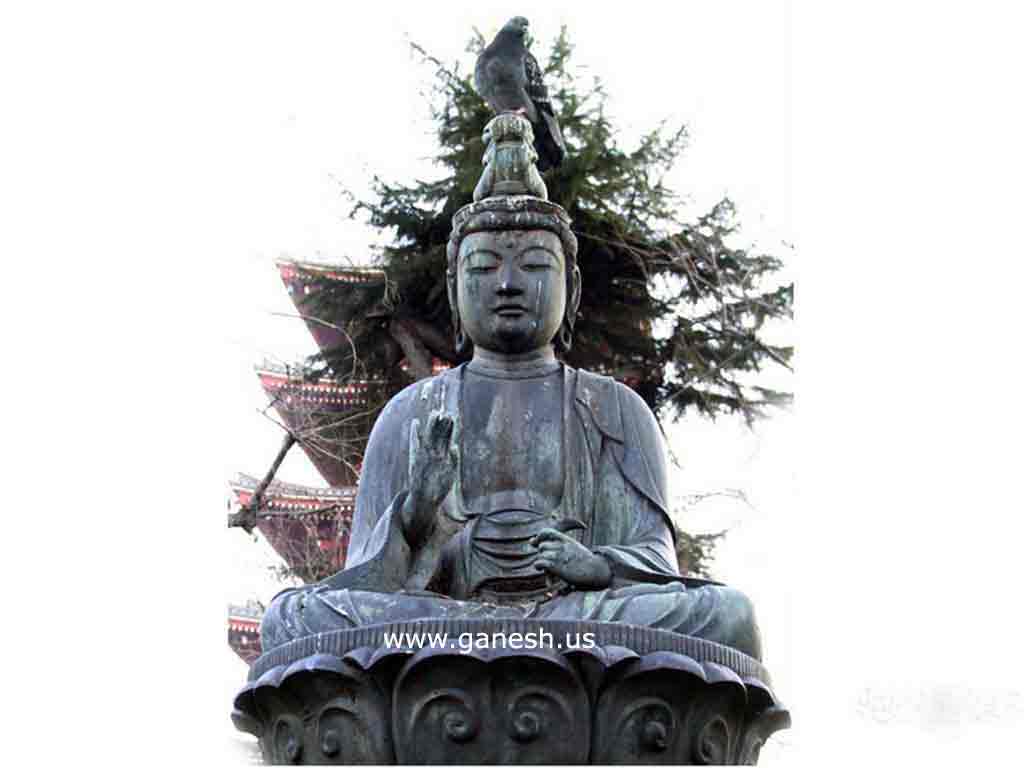
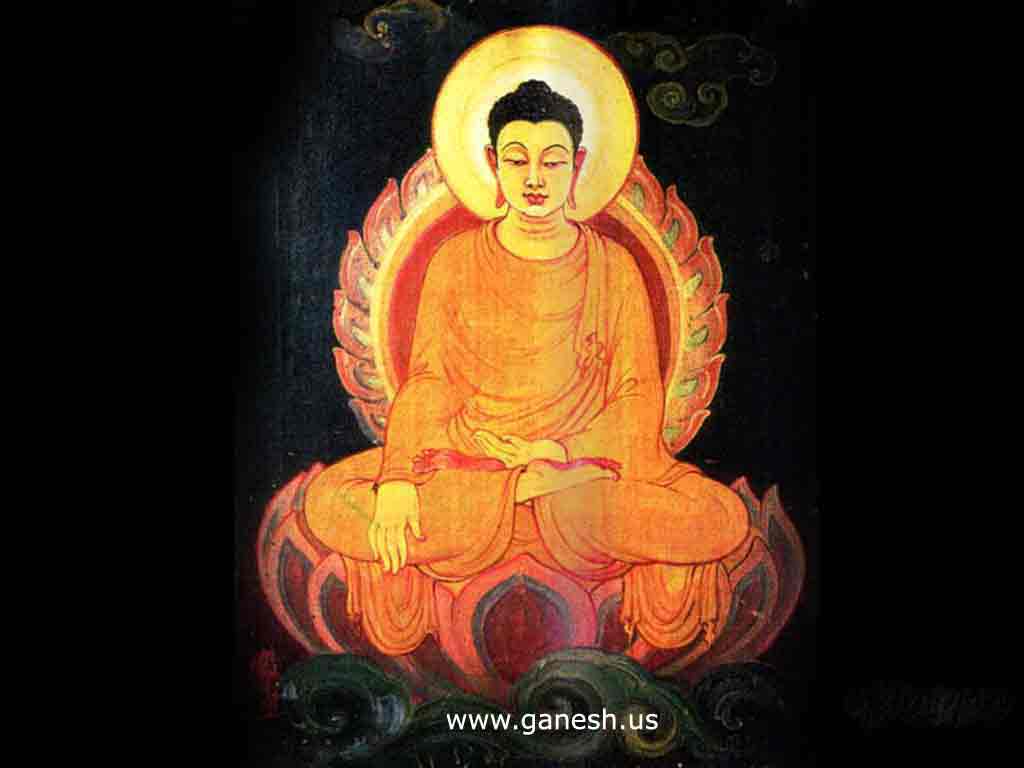
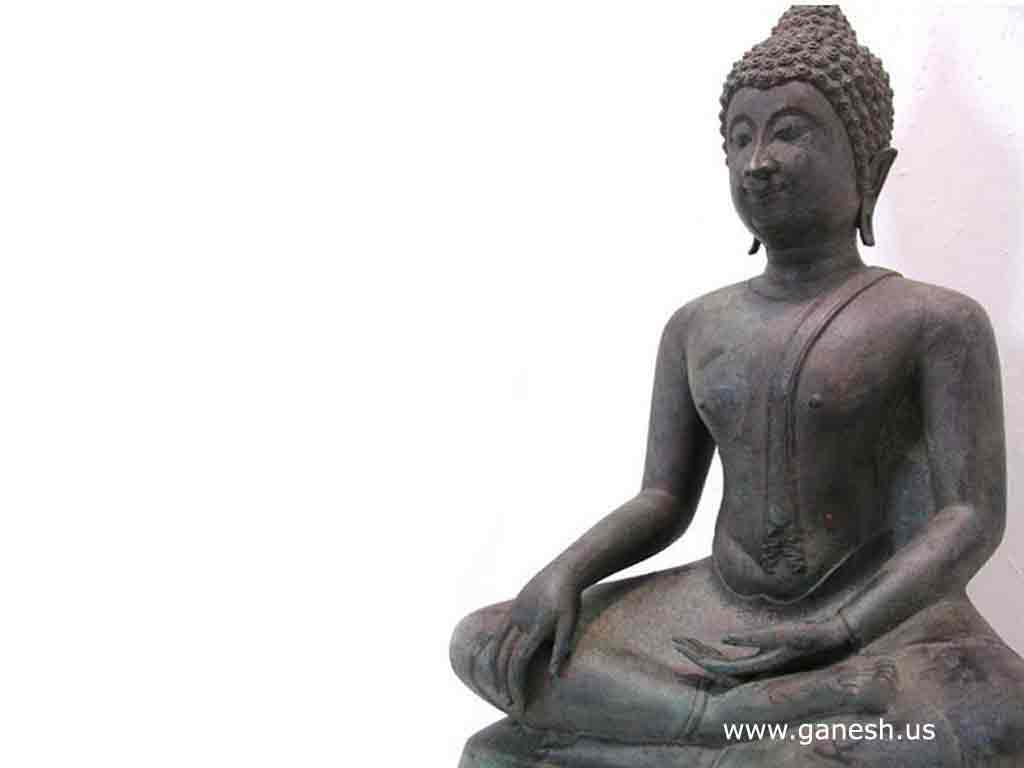
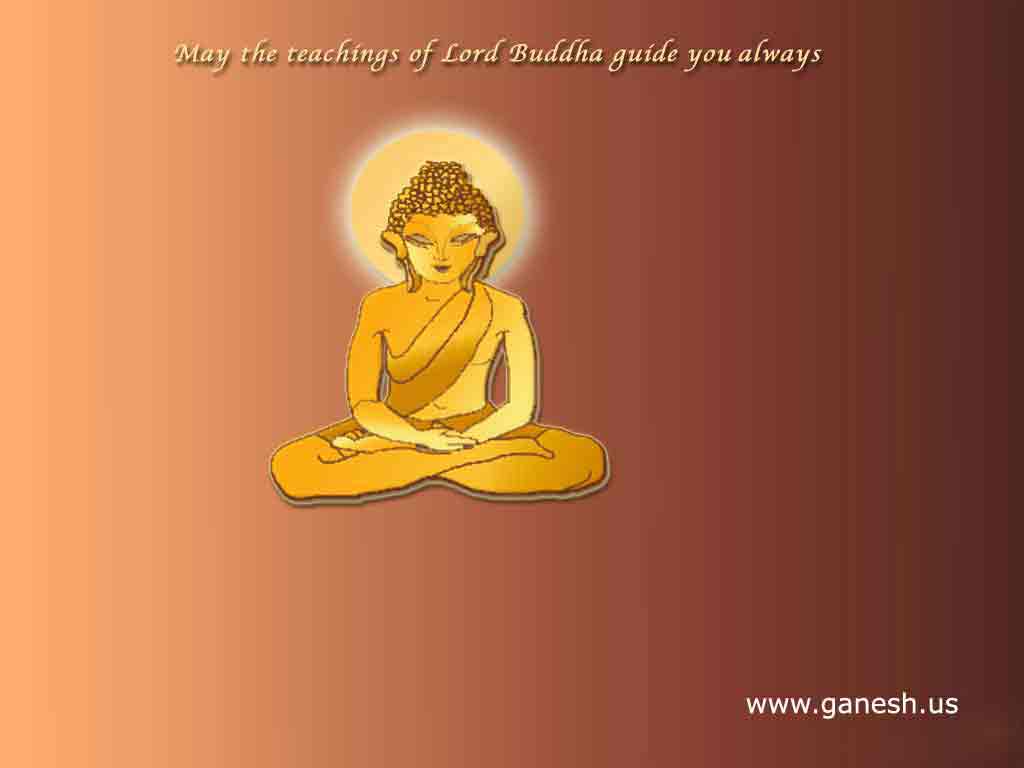
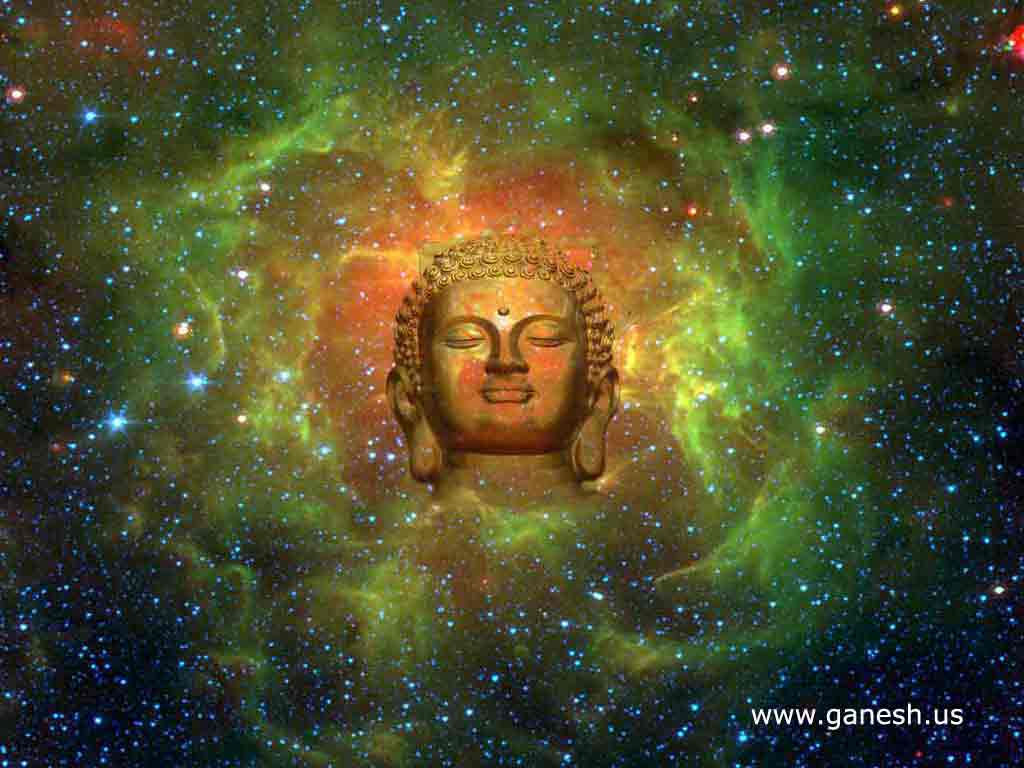
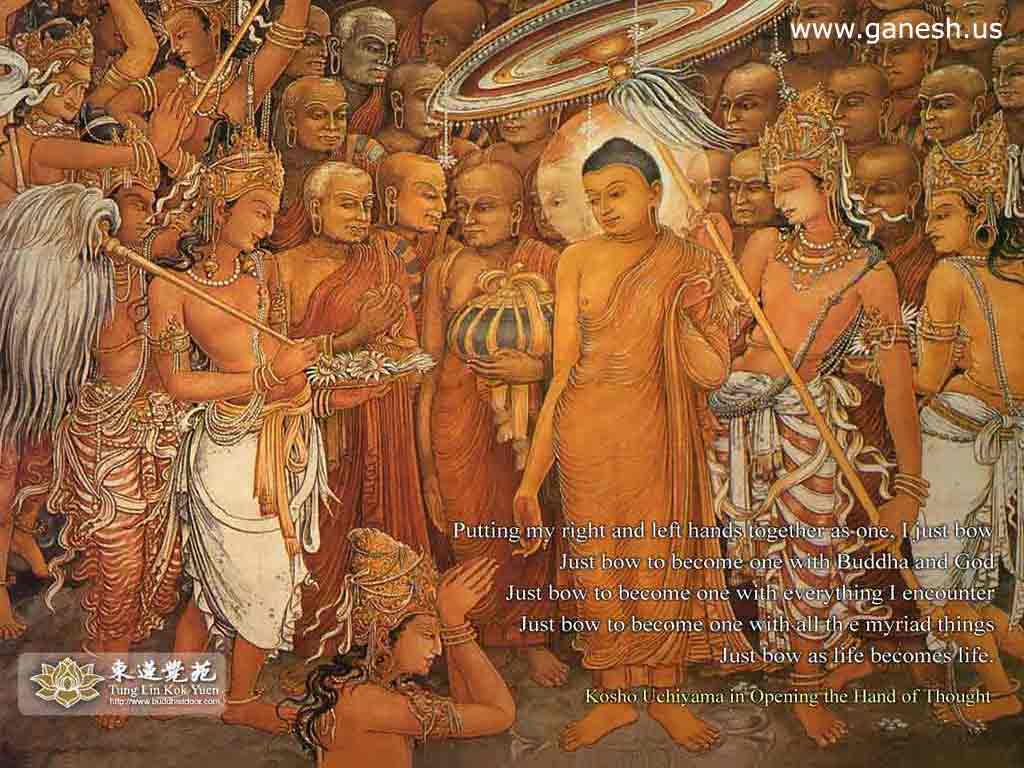
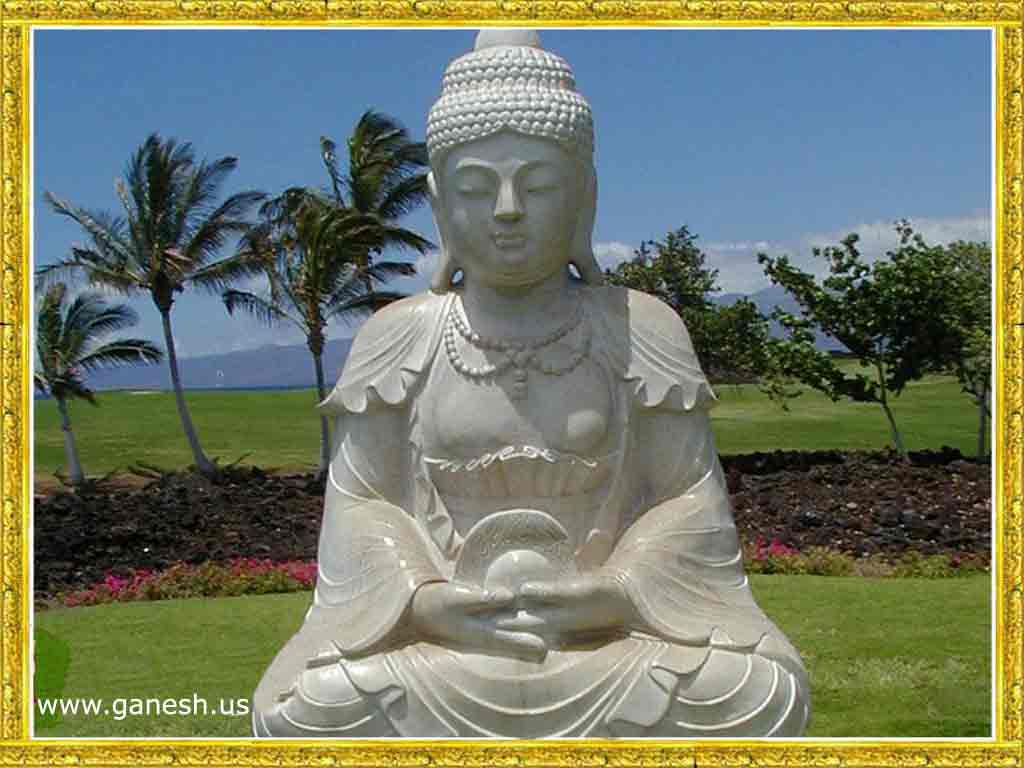
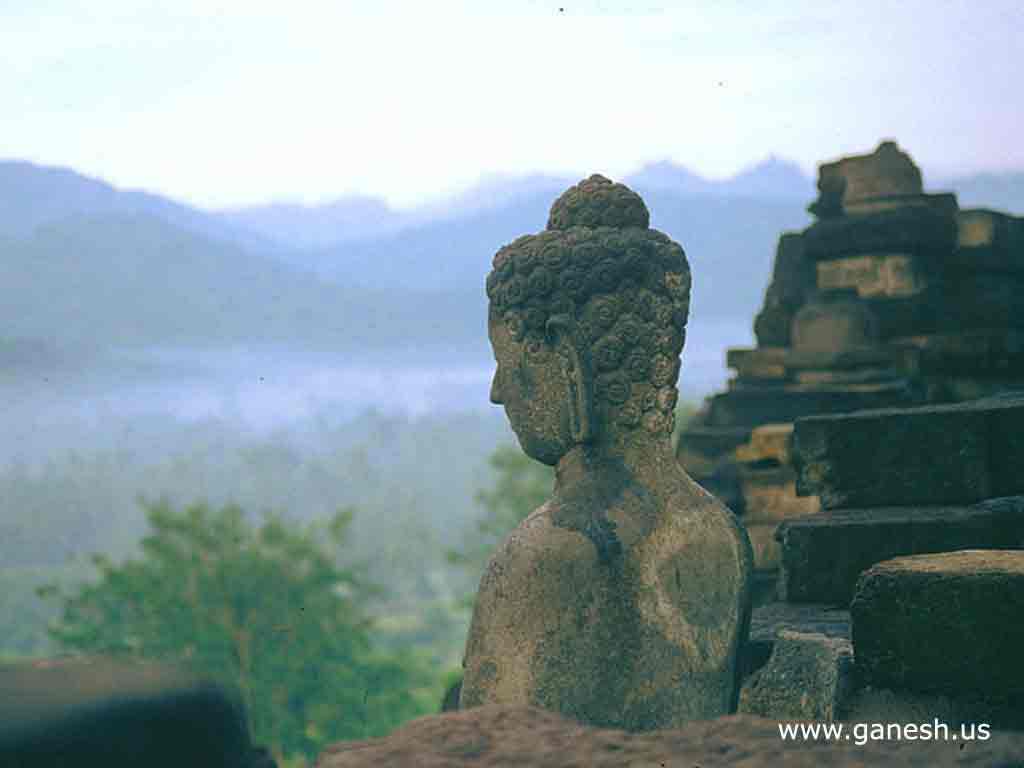
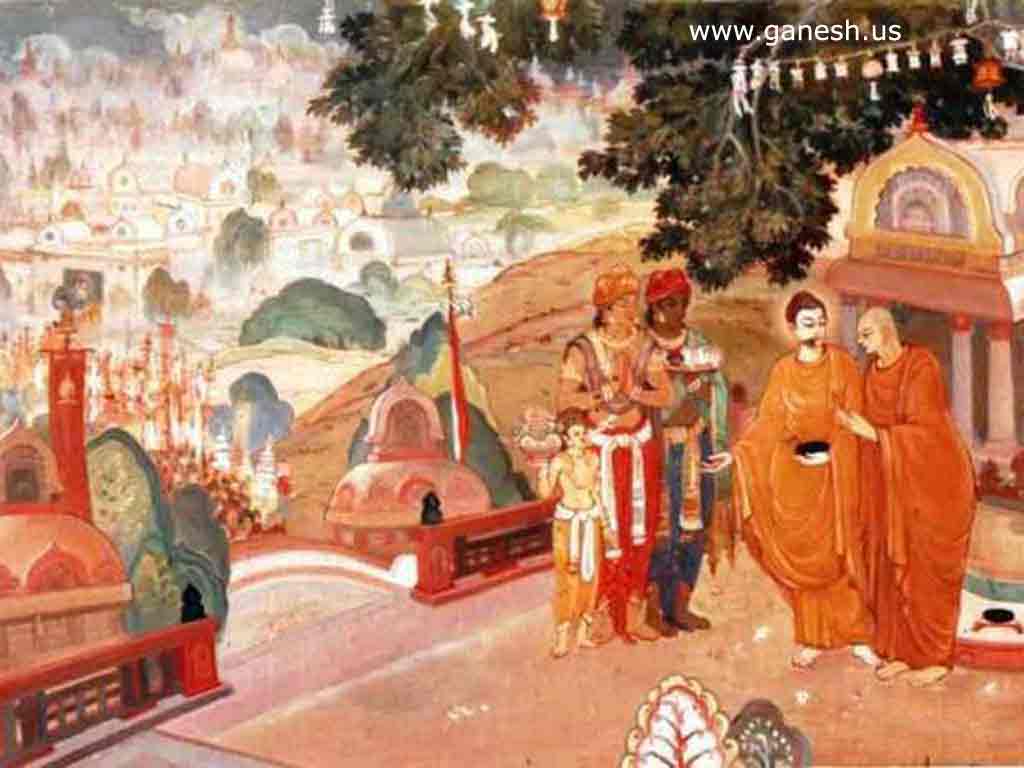


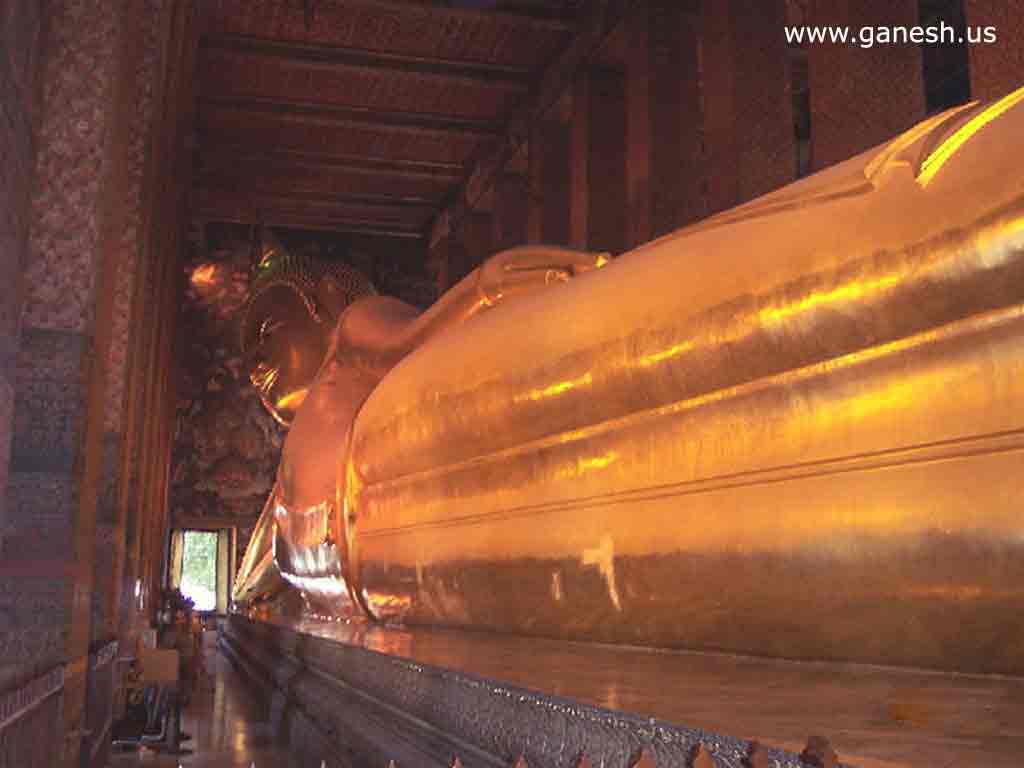


A title ‘Buddha’ means ‘Awakened One’ or one who is awake to the
Universal Truth. Based on the earliest Buddhist scriptures, a
Buddha
is one who has attained the Supreme Awakenment, not known to him
before. This means he has attained the three highest or supreme
realisations, and by himself. According to the scriptures, he:
1) remembered his previous lives;
2) with divine vision he saw
others dying and being reborn according to the Law of Kamma (Law of volitional actions) and
3) fully realised the 4 Noble Truths:
truth of
Dukkha (suffering), origin of dukkha, cessation of Dukkha and the
way
leading to the cessation of Dukkha – The Noble Eightfold
Path.
As a result of that, the Buddha understands life fully, loves
everyone
and can teach others skillfully truth about reality, and the way
to
freedom from Dukkha. The first historical Buddha lived and
taught
about 2500 years ago in India. His name was Siddhattha Gotama
Buddha. Like a scientist, he discovered Universal truths,
unknown
before, and then started the Buddhist tradition and taught
others the
way of peace.
Who is a Buddhist?
A Buddhist is a follower of the Buddha. In its full sense, it
means he
or she takes a refuge, or a protection, in the Triple Gem,
studies the
Buddha’s teachings and practices what he taught. Triple Gem, or
Three Jewels, is: 1. Buddha, the teacher; 2. Dhamma, the
teachings of
the Buddha, the Universal Truth; and 3. Sangha, meaning here the
noble, or spiritual, Sangha - all Buddha’s students who have
realised
the 4 Noble Truths.
There are 2 main Buddhist traditions: Theravada and Mahayana.
Also
well known is Vajrayana tradition. But because it is an offshoot
of the
Mahayana tradition, we shall not treat it separately in this
text. The
scriptures of the Theravada tradition are written in Pali language,
while the scriptures of the Mahayana tradition are written in Sanskrit
language. So we have Kamma, Dhamma and Nibbana (in Pali) and
Karma, Dharma and Nirvana (in Sanskrit).
Theravada scriptures are
the oldest. They were first written down 400 years after the
Buddha’s
death. Mahayana scriptures were put down in writing 200 to 400
years
later.
In spite of various differences, both Theravada and Mahayana
traditions treasure the Triple Gem. Both traditions accept
Gotama
Buddha as the founder of Buddhism, and 4 Noble Truths and the
law
of Kamma, as the core teachings. Both have a monastic Sangha,
but
their robes and some rules of conduct slightly vary.
Where do Buddhists live?
Buddhism started in India around 500 B.C., and it was a major
religion there until approximately 500 A.D. However, today most
Indians are Hindus. At present, Theravada Buddhism is a major
religion in Sri Lanka, Thailand, Burma, Laos and Cambodia.
Mahayana Buddhism is a major religion in China, Korea, Japan,
Vietnam, Tibet, Nepal and Bhutan. Both Mahayana and Theravada
schools are growing in popularity in the west.
Why learn about Buddhism?
It is good to learn about Buddhism, because the Buddha taught a
way
to peace and happiness for everyone. If we take his advice and
cultivate the path he taught, we find lasting personal peace and
security, and we grow in understanding of ourselves and world
around
us. If everyone followed the Buddha’s advice, there would be no
wars,
no violence or crime, we could trust other people more, and feel
much
safer anywhere we live and anywhere we go. Many wild and domestic
animals would also feel much safer and happier, and most of the
environmental problems would disappear.
Would it not be a much nicer place to live?
1.
a) Use a dictionary, encyclopedia or other reference to discuss
the
difference between a religion and a way of life. Look up at
least two
different dictionary or encyclopedic definitions of ‘religion’,
‘Buddha’
and ‘awakening’ and discuss them with others in your class.
b) Why is it not sufficient just to believe in the Buddha’s
teachings
and not practice it, to find peace and happiness?
c) Use your school atlas or Internet resources to find out how
many
people in the world are classified as Buddhists, and what
proportion of
the world population it is.
2. Use your school atlas or other resources to discuss the
current
global situation – wars, poverty, extinction of many species and
pollution. Why do you think we have such big global problems?
Do you think we need ancient religious teachings to stop all
wars, the
global scale poverty, and pollution, or are modern science and
technology sufficient for that?